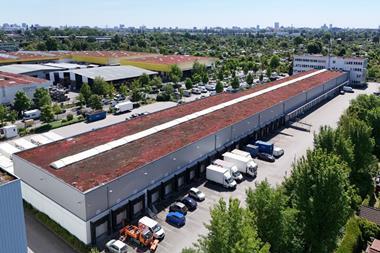EUROPE - Broad recovery in European property markets raises the prospect that markets such as Denmark and the Netherlands could escape the cyclical downturn altogether.
According to newly released IPD data this week, pan-European commercial property returned 3.7% last year, compared to -11.4% in 2008. The figure reflects -2% capital depreciation contrasted with a 5.9% income return.
France and Germany largely drove the positive return, although the UK returned 4.9% compared with -43.9% in 2008.
IPD director Ian Cullen pointed out that the UK, which is a significant contributor to the index, was already posting a positive return five months ago. If there was a surprise, he said, it was that markets such as France, Denmark and the Netherlands, which had seen such strong capital growth over a decade, had recently seen so little correction.
"Clearly, property returns are a function of two things: the pressure of investor demand and underlying economies. These were not markets driven hard by global investor sentiment, so there was no big investor switch away from them. The underlying economies are relatively strong, if not exactly magical. They were not driven to silly pricing levels by international capital, unlike Ireland and the UK. The numbers suggest they stood up much better. They didn't have the depths of collapse to suffer that other markets have suffered."
He added: "It all depends on boring economic fundamentals from now on, not on investor sentiment one way or the other. Unless they suffer domestic economic repercussions - and it seems likely they won't - some of these markets might well escape the cyclical downturn."
Meanwhile, the Association of Real Estate Funds (AREF)'s Q1 report on non-listed pooled property funds showed they raised £2bn (€2.3bn) in new money, with net flows at £1.5bn.
Reporting data from a universe of 66 funds with AUM £29bn, AREF CEO John Cartwright said the Q1 results were in line with the underlying market, largely driven by yields coming down compared with rental growth.
"Smaller pension funds are not able to build direct portfolios on their own and this is a good alternative. The data demonstrates that these funds are a good proxy for holding direct. It means these funds are doing the job they're intended to do, and investors are seeing them as such."
He claimed evidence of an upward trend in trading on the secondary market showed confidence in the property market. "What's important is that institutional investors are back in the market for property. They're looking for an income return," he said.












